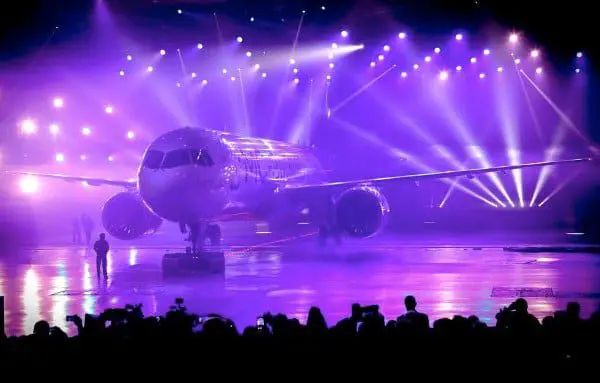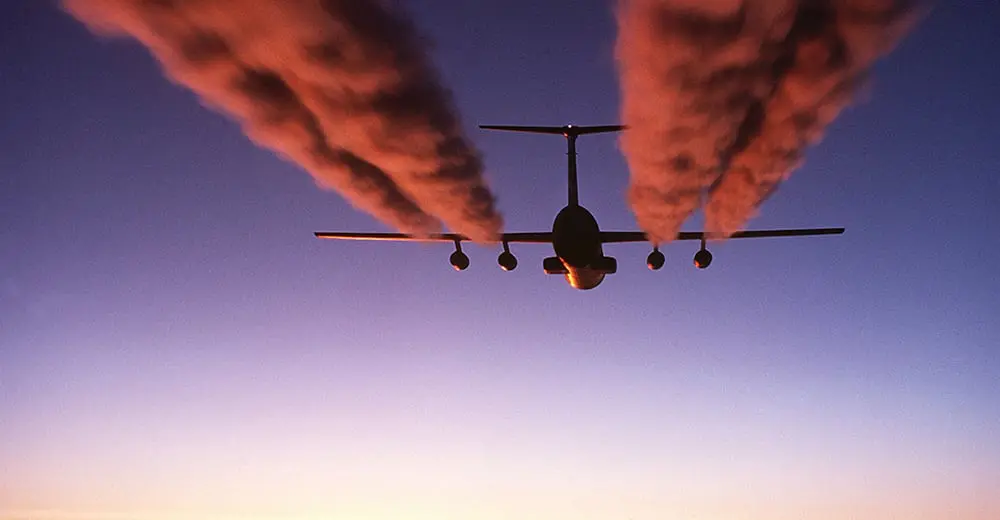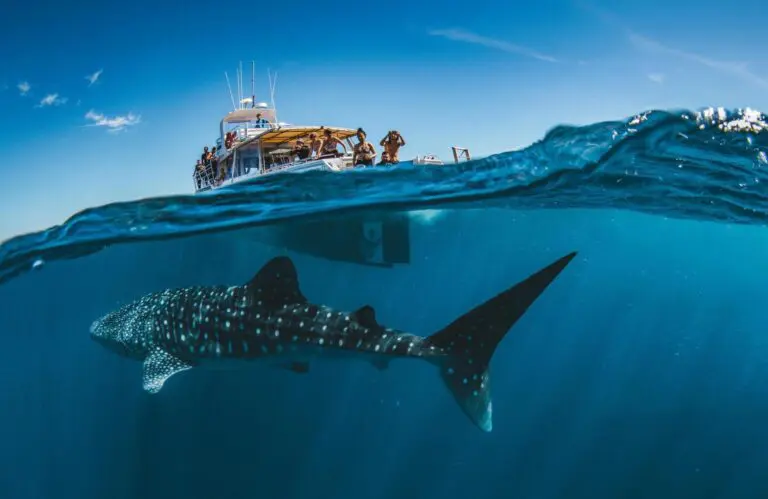Let me hit you up with a fact that will straight up blow your mind: if global air travel were considered a country, it would be the seventh biggest polluter in the world.
Got your attention? Great.
As much as we love travelling to exotic destinations, having crazy adventures, meeting awesome people and growing as people (hopefully) as a by-product, perhaps we need to stop for a moment and think about the impact of the aviation industry within the wider context of climate change?
Especially as travel agents (because you really do have the power to change the world, don’t you, you sexy thangs!).
We’ve been pondering these important environmental issues here at KarryOn for some time now, and recently we’ve featured stories on the impact of trash that’s left behind in the wake of tourism, the tricky situation travel agents face when commerce and morality intersect, and how to spot a true eco-tourism supplier.
But today we want to focus on another area that rarely gets much attention: the environmental costs of air travel, and specifically its contribution to climate change.
To help us separate fact from fiction, we’re speaking to Justin Pilgrim, the Carbon & Renewables Manager at Climate Friendly, an environmental consultancy firm based in Sydney and Melbourne.

Justin Pilgrim
But first: what is the problem?
A plane emits particles and gases such as carbon dioxide (CO2), water vapor, hydrocarbons, carbon monoxide, nitrogen oxides, sulfur oxides and black carbon when it flies, and it’s these compounds that interact among themselves and with the atmosphere.
Just to give you an example, a fully laden A380, according to its engine maker Rolls Royce, uses as much energy as 3,500 family cars, equivalent to six cars for each passenger.

Over time and in ever-increasing amounts (tourism is booming around the world, after all, especially in China) these noxious gases and particles can have a significant impact on our environment.
‘The aviation industry currently accounts for two to three percent of global GHG emissions, if it were a country it would be considered the seventh biggest polluter in the world.”
Justin Pilgrim, Carbon & Renewables Manager, Climate Friendly.
And with over 50,000 passenger aircraft predicted to enter the skies in the next 25 years, according to Pilgrim, “the industry is looking at a range of solutions to both reduce and offset its emissions.”
Earlier this year, easyJet unveiled a new eco-plane concept that will reduce fuel consumption by as much as four percent by installing a hydrogen fuel cell in its planes that would capture energy from the aircraft brakes during landing. Pretty cool huh?
And just last month, the Russians announced that they’d built a new commercial plane made of composite materials (to reduce weight) which is about 10 to 15 percent more efficient than Airbus and Boeing aircraft in the same class, using about 15 percent less fuel than the Airbus A320.

And for Pilgrim, this is where the future of the aviation industry lies:
“An announcement is due in September on what major initiatives will be undertaken at an industry level, but there is still a role to play for both travel agents and consumers – whether it be efforts to reduce carbon footprints by flying less, travelling locally or maximising itineraries, or by offsetting your air travel related emissions using reputable programs that support projects accredited under internationally recognised standards.”
Justin Pilgrim, Carbon & Renewables Manager, Climate Friendly.
So in other words, no one is saying we shouldn’t travel – no way Jose!
But I think it’s fair to say that we do need to think about how we can lessen our impact on the environment – as an industry – and move forward knowing that we’ve done everything we can to ensure we’ve minimised our impact on this gorgeous planet for future generations.







